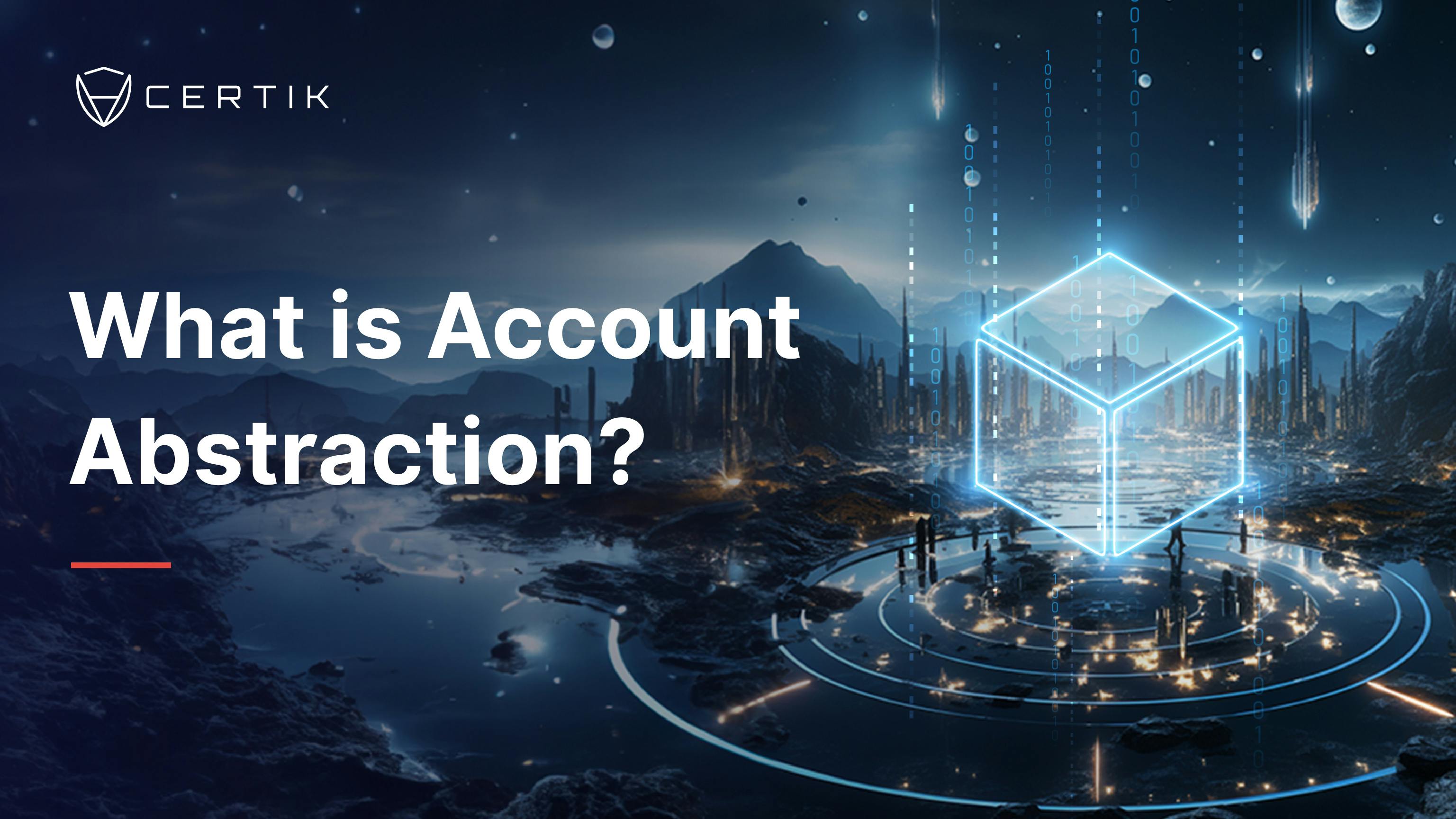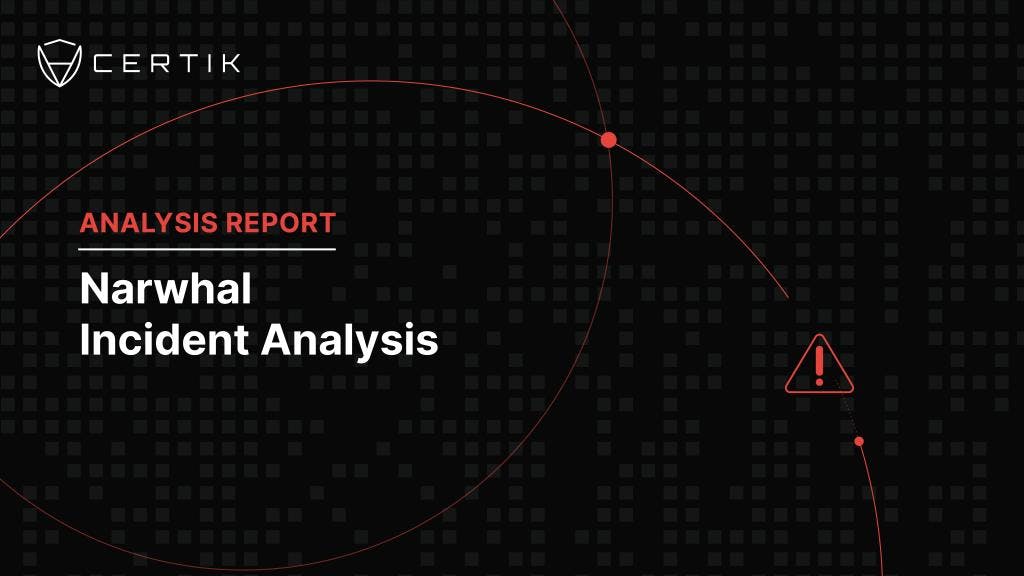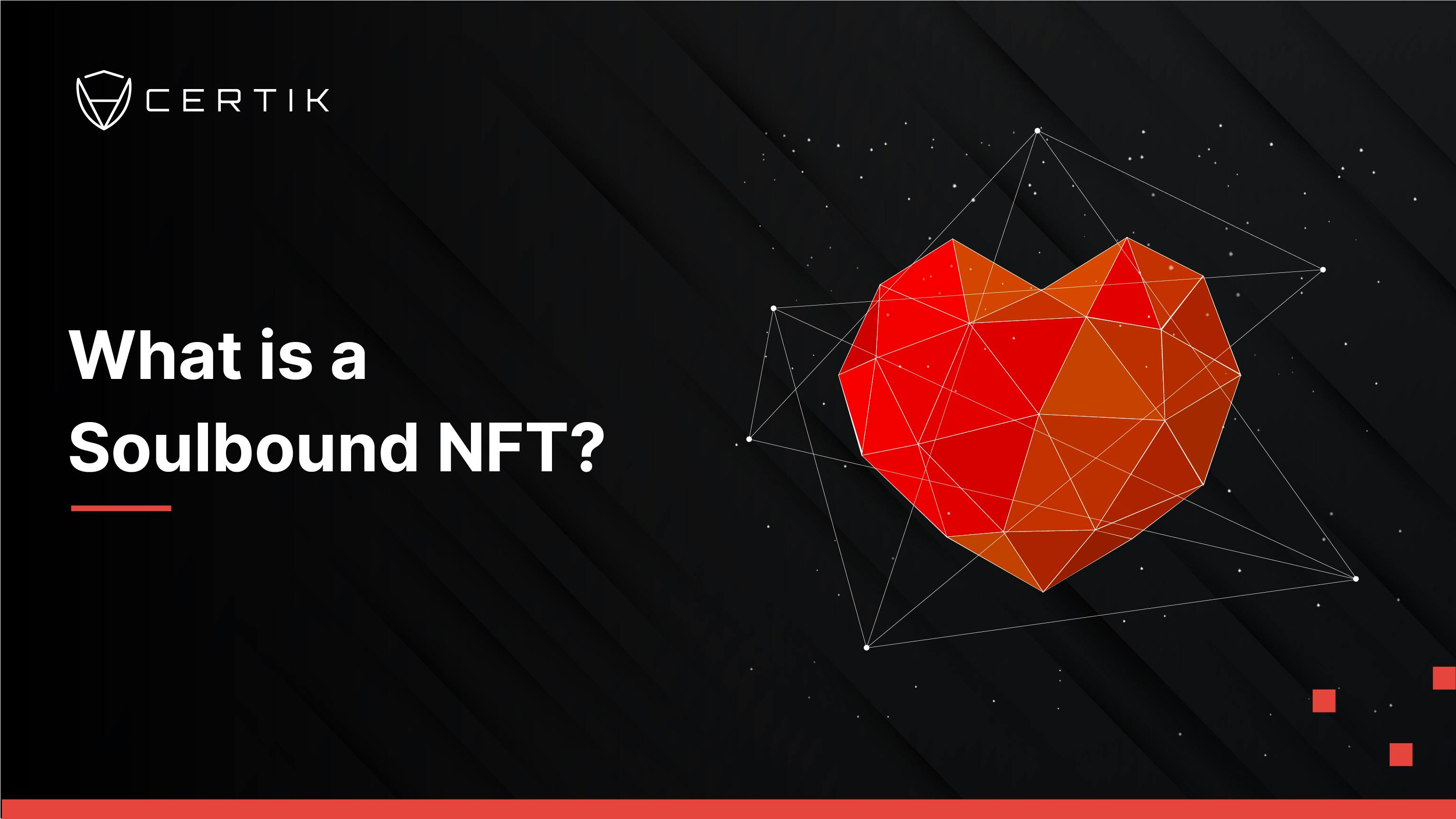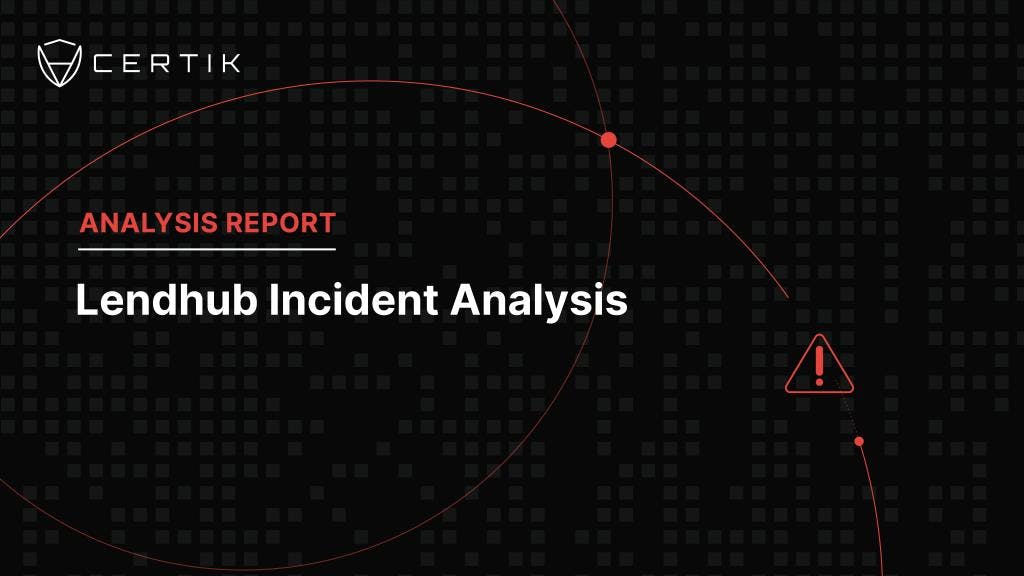One of the latest developments making the rounds in the Ethereum community is the concept of “account abstraction.” Although it might sound technical, it’s about making the Ethereum blockchain more flexible and user-friendly. Account abstraction has the potential to revolutionize how people interact with Ethereum, one of the world’s most used and most important blockchain platforms. Here’s what you need to know.
This article was also published on BeInCrypto.

Understanding Account Abstraction
Account abstraction allows users to customize how they interact with the Ethereum blockchain according to their needs. Normally, users interact with Ethereum using an externally-owned account (EOA) or contract account associated with one unique private key. Anyone with a private key can execute arbitrary transactions with no restrictions.
With account abstraction, users can have more granular control. This could be requiring multiple signatures to trigger a transaction, enabling social recovery, or implementing restrictions on the smart contracts that the user account is allowed to interact with.
An important thing to understand about account abstraction is that it doesn’t change the consensus layer of the Ethereum blockchain. Instead, it introduces a new way for users to interact with Ethereum via a separate UserOperation Mempool and the account abstraction architecture described in this article.
Benefits of Account Abstraction for Users
Account abstraction isn’t just a technical novelty — it has real benefits for users of the Ethereum blockchain:
Flexibility: With account abstraction, users can tailor the rules of their transactions to fit their needs. This can enable advanced features and more sophisticated security measures that aren’t possible with traditional transactions.
Ease of use: By enabling third-party developers or other parties to pay transaction fees on behalf of users, account abstraction can make Ethereum more user-friendly. It can also make user onboarding more seamless.
Increased security: Account abstraction can allow for a variety of security enhancements. These include multi-signature control, account freezing and recovery, transaction limits, and whitelist creation.
Let’s delve into some concrete use cases where account abstraction can make a significant difference.
1. Multi-Signature Transactions and Social Recovery
One of the compelling use cases of account abstraction involves the use of multi-signature transactions. Currently, most end users use an EOA address to interact with Ethereum. The private key associated with the EOA address represents a single point of failure.
However, in high-stakes situations where a single point of failure is not desirable, account abstraction can offer a solution. Users could set their accounts to require multiple signatures before a transaction gets approved, much like a joint bank account or the multisig contract used mostly by developers today. This could be particularly useful for a broader range of users and organizations where significant transactions need to be approved by multiple parties, enhancing transaction security.
Another risk with the traditional EOA setup is that if a user loses his or her private key, they would not be able to access the EOA again. So, there is no way to recover the private key. Account abstraction enables social recovery that mitigates this risk.
Vitalik Buterin described the “social recovery” system as follows:
There is a single “signing key” that can be used to approve transactions. There is a set of at least three (or a much higher number) of “guardians.” Of these, a majority can cooperate to change the signing key of the account. Normally, the user can use the “signing key,” similar to how he or she uses the private key for a standard EOA account.
However, if the signing key is lost, the user can contact the “guardians” and ask them to sign a transaction to change the signing key registered in the wallet contract. If a majority of the guardians sign the transaction, the signing key can be changed. Like the “forget password” functionality in web2 applications, “social recovery” greatly reduces the risk of a user being permanently locked out of his or her account.
2. Smart Contract Interactions
Account abstraction could change the way users interact with smart contracts. With traditional Ethereum accounts, any transaction the user signs is what occurs, and there is no way to restrict anything. There are numerous examples of users unknowingly interacting with malicious smart contracts and losing their assets. With an “Account” contract, there can be any logic to control smart contract interactions.
For example, the “Account” contract can maintain a whitelist of contracts that have been vetted and are safe to interact with for the user, thus mitigating the risk of unknowingly interacting with malicious contracts. Additionally, the “Account” contract enables batching transactions and session keys, so the user can sign once and execute multiple transactions instead of having to sign every transaction separately, as the traditional EOA setup requires.
This could open up the world of decentralized applications (DApps) to a much broader audience and with improved user experience.
3. User-Friendly and Granular Security Measures
Account abstraction could also allow users to incorporate advanced security measures into their accounts. This could include the ability for users to freeze accounts if suspicious activity is detected, much like with a credit card. Additionally, users could set spending limits on their accounts to prevent large amounts of funds from being sent in a single transaction. Or, they might even have a tiered approach where a regular transaction can execute right away, but a larger transaction requires multisig approval.
In general, account abstraction enables a more granular level of control for the end user. This could provide an additional layer of protection against hacks and unauthorized transactions.
4. Gas Payment Flexibility
Transaction fees, or gas, are fundamental to the Ethereum ecosystem. Currently, users must pay gas fees in Ether (ETH), the native cryptocurrency of Ethereum. However, account abstraction could allow users to pay gas fees in other tokens. This could be particularly useful for users who hold a significant amount of a particular ERC-20 token and want to use it to interact with a specific DApp or platform without having to acquire the native token for gas payment first.
The gas payment flexibility also enables DApps to sponsor user transactions for easier onboarding and user acquisition. Imagine if you could interact with a DApp without paying any transaction fees. Account abstraction could make this possible by allowing third parties to cover the gas costs of a transaction. This could be a game-changer for DApp adoption, removing one of the major barriers to entry for new users.
How Account Abstraction Works
There are a number of key technical components of account abstraction, including:
- UserOperation
- Bundler
- Entry Point
- Account contract (and its associated
Account Factorycontract) - Paymaster
The UserOperation is an ABI-encoded structure. It describes the transaction executed by the user.
The Bundler is a block builder that bundles multiple UserOperation from the separate UserOperation mempool and sends the bundle to the EntryPoint contract.
The EntryPoint contract is a singleton smart contract on Ethereum that handles the verification and execution of all bundles of user operations.
The Account contract is the smart contract wallet of the user that performs signature verification and processes transactions on behalf of the user. The Account Factory contract creates the Account contract.
The Paymaster contract is an optional smart contract that can sponsor gas fees for user account contracts, so users without any ETH to pay for gas fees can still interact with Ethereum.
Vitalik Buterin has summarized the architecture and high-level control flow of account abstraction in the two images below.
 Account abstraction architecture. Source: Ethereum Improvement Proposals
Account abstraction architecture. Source: Ethereum Improvement Proposals
 Account abstraction control flow. Source: Ethereum Improvement Proposals
Account abstraction control flow. Source: Ethereum Improvement Proposals
Embracing the Future of Ethereum with Account Abstraction
As we look toward the future of Ethereum and blockchain technology, the concept of account abstraction emerges as a critical innovation. It not only signifies an evolution in the flexibility, security, and user-friendliness of Ethereum, but it also brings us one step closer to a future where blockchain technology is deeply woven into the fabric of our digital lives.
Account abstraction is a powerful tool that promises to enhance the Ethereum experience, opening up a world of possibilities for users and developers alike. It marks a shift away from rigid transaction rules, allowing for a more customizable and interactive blockchain environment.
Through EIP-4337 and its implementation on the Mainnet, the Ethereum community showcases its commitment to continuous innovation. This proposal cleverly circumvents the need for any changes to the Ethereum consensus protocol, thereby facilitating a smoother transition toward its implementation on the Ethereum mainnet.
Could Account Abstraction Increase Web3 Adoption?
The potential benefits of account abstraction extend beyond technical enhancements. By creating a more intuitive and accessible environment, Ethereum could see a surge in adoption, welcoming a wave of new users who previously found blockchain technology (understandably) intimidating or difficult to navigate.
Moreover, advanced security measures could provide users with greater peace of mind, fostering trust and confidence in the system. As we continue to explore the boundaries of blockchain technology, concepts like account abstraction remind us that the only limit is our imagination.
Frequently Asked Questions
What does “account abstraction” mean in Ethereum, and why does it matter?
Account abstraction in Ethereum refers to a key development aimed at making the Ethereum blockchain more customizable and user-friendly. It essentially allows users to fine-tune how they interact with the Ethereum blockchain based on their specific needs. Traditionally, users interact with Ethereum using an externally-owned account (EOA) that is linked with a unique private key.
However, account abstraction gives users more granular control, such as the ability to require multiple signatures for a transaction, enable social recovery, or set restrictions on the smart contracts that the user account can interact with. This development has the potential to greatly enhance how people interact with Ethereum.
How does Ethereum’s account abstraction work?
Ethereum’s account abstraction works via a new infrastructure introduced into the platform. This includes several key components: UserOperation, Bundler, EntryPoint, Account Contract (and its associated Account Factory contract), and Paymaster. UserOperation is an encoded structure describing a user’s transaction.
The Bundler is a block builder that groups multiple UserOperation from a separate UserOperation mempool and sends this bundle to the EntryPoint contract. The EntryPoint contract, a unique smart contract on Ethereum, handles the verification and execution of these bundles. The Account contract is a user’s smart contract wallet, which performs signature verification and processes transactions on behalf of the user, and it is created from the Account Factory contract. The Paymaster contract is an optional component that can sponsor gas fees for user account contracts, allowing users without any ETH to still interact with Ethereum.
What advantages does account abstraction provide to Ethereum users?
Account abstraction enhances the flexibility of transactions, allowing users to tailor the rules of their transactions to fit their needs. This flexibility can enable advanced features and sophisticated security measures not possible with traditional transactions. Additionally, it can make Ethereum more user-friendly by enabling third parties to pay transaction fees on behalf of users, making the onboarding process more seamless.
It also improves security by allowing for a variety of security enhancements, such as multi-signature control, account freezing and recovery, transaction limits, and whitelist creation.
What are some real-world examples where Ethereum’s account abstraction can be useful?
In high-stakes situations where a single point of failure is not desirable, users could set their accounts to require multiple signatures before a transaction gets approved. This is useful for organizations where significant transactions need to be approved by multiple parties. Account abstraction also mitigates the risk of a user losing their private key, as it enables social recovery. Additionally, it can change how users interact with smart contracts by adding logic to control interactions and mitigate the risk of interacting with malicious contracts. Lastly, it allows for gas fees to be paid in tokens other than ETH, making it easier for users to interact with specific DApps or platforms.



